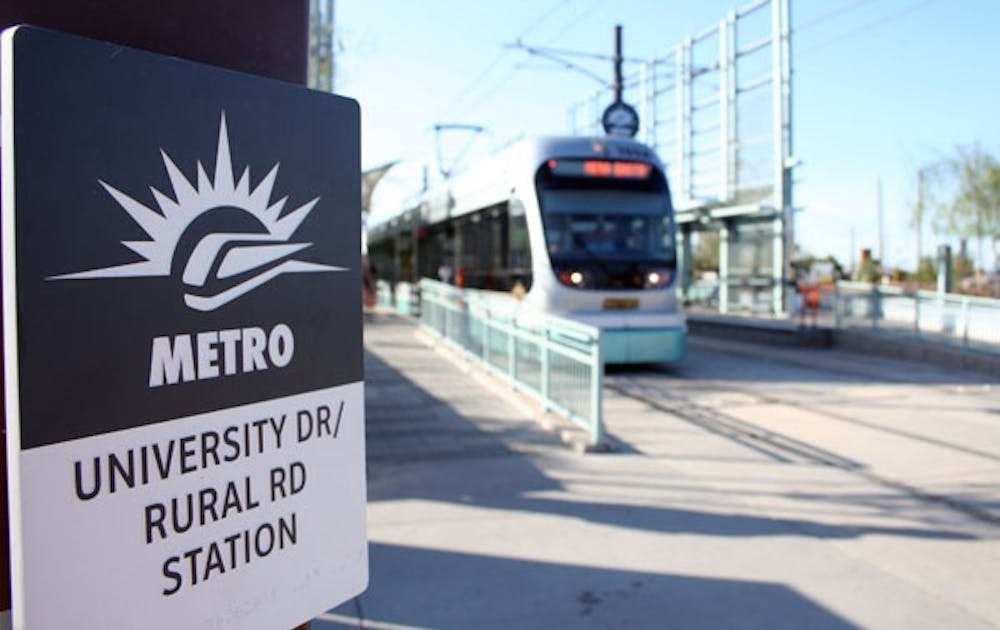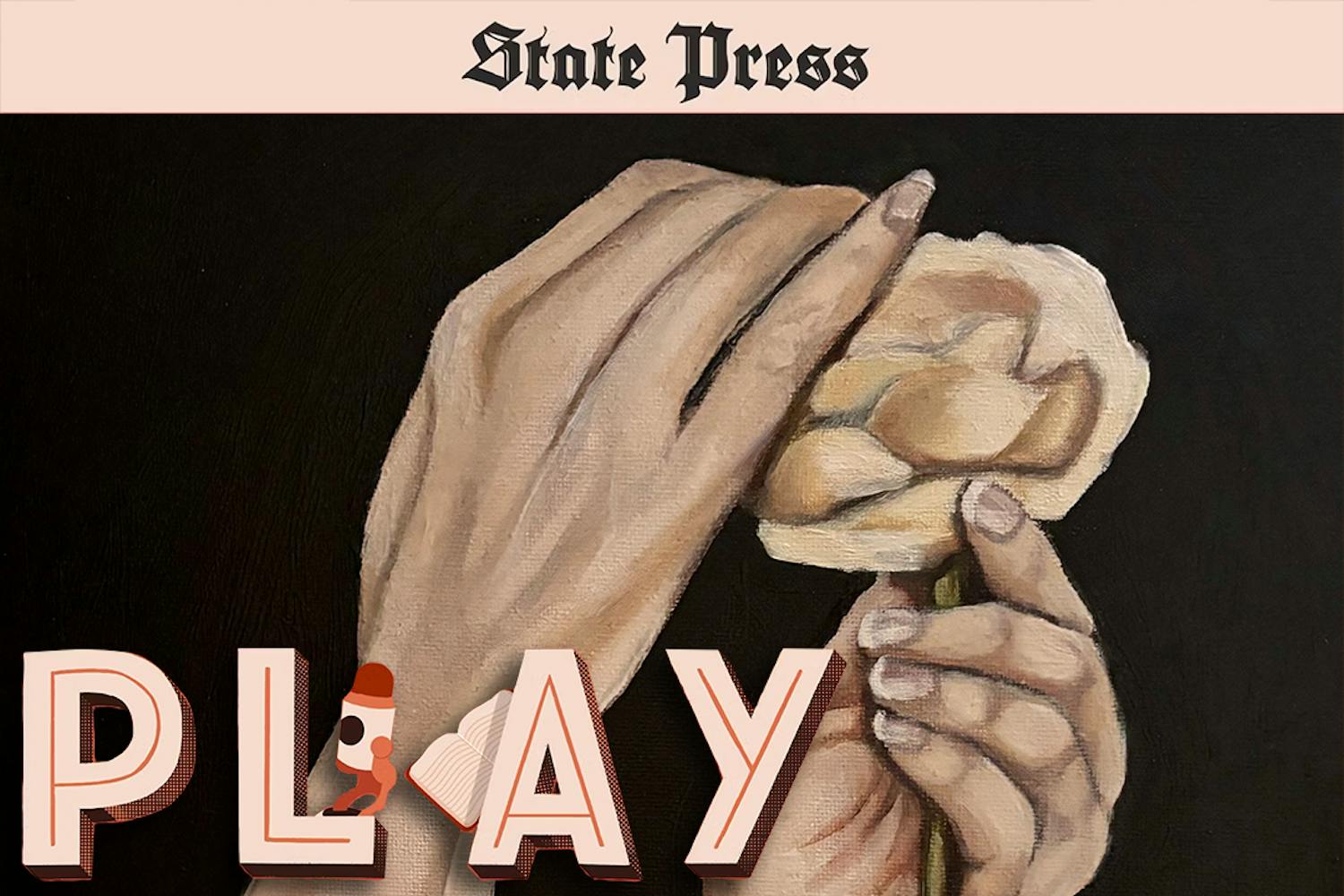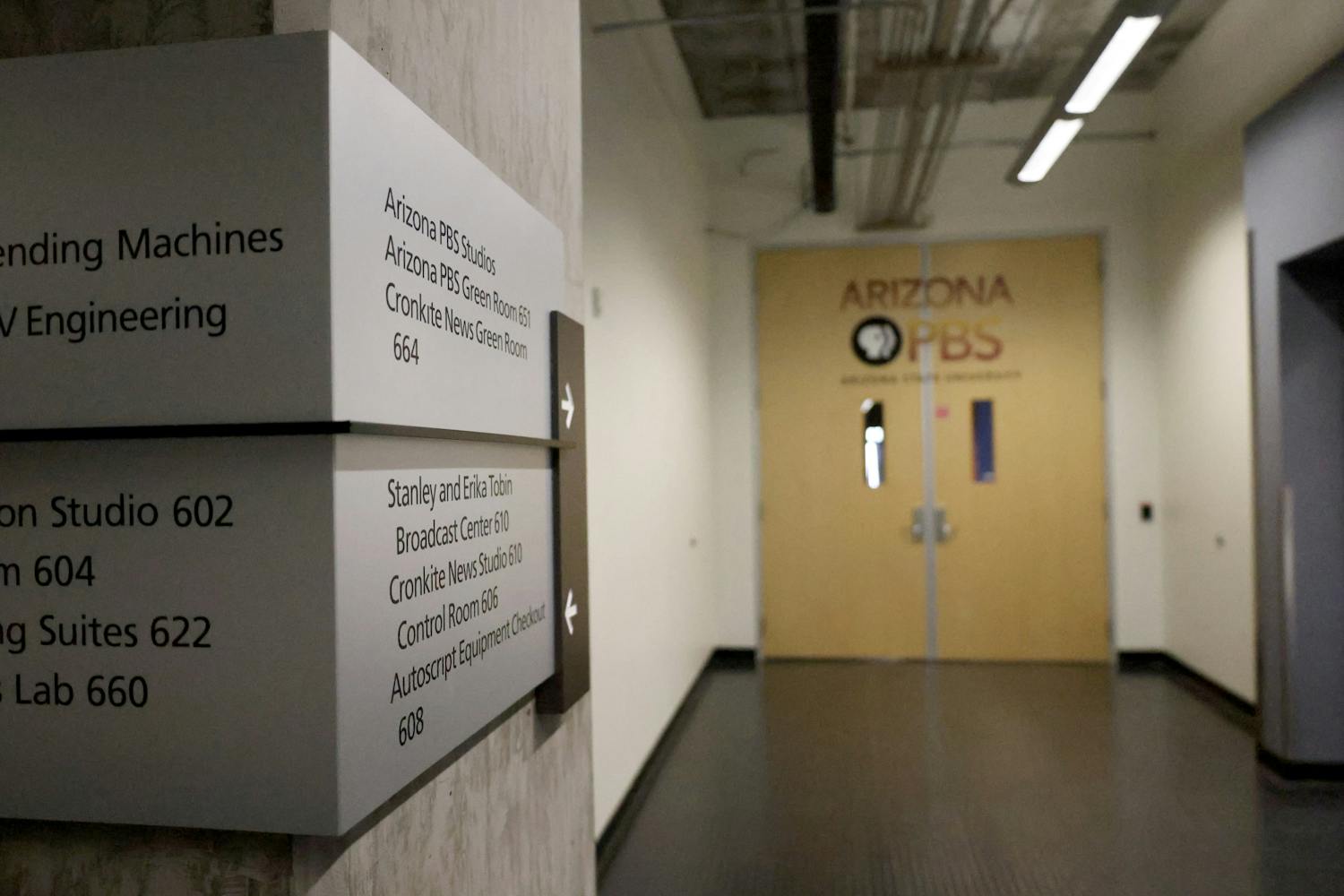Because of a downturn in sales tax collections, Metro Light Rail will review several options for shortening service at an upcoming board meeting in May.
“Since February, Metro Light Rail has been communicating with the public about potential changes,” said Hillary Foose, public information officer for Metro Light Rail.
Foose attributed the decrease in sales tax collections, which make up 75 percent of light rail funding, to the downturn in the economy.
Seven options were proposed at two public meetings held in March, where the public was invited to give input. The suggestions will be taken into consideration during the May 19 budget meeting for the 2011 fiscal year.
A service change option to reduce service frequency from 10 to 12 minute intervals between trains during the peak hours of 6 a.m. to 7 p.m. received the least amount of opposition, Foose said.
“People felt, for the most part, that waiting an additional two minutes for a train during the peak service period … was something they could accommodate,” she said.
This option, and an option to shorten the peak service times by 2 hours each day, was the most popular with the public, which Foose said is likely because these changes will have a low impact on commuters.
Proposed changes to shortening the weekday services hours, and an option to eliminate late-night service on Fridays and Saturdays, which runs from midnight to 3 a.m., were the least popular choices among the responding public.
“People either use that service (the late night service) or they see the value in that service, and there was some opposition to eliminating those hours,” Foose said.
Late-night service began in July 2009, and through February has become a popular time frame with riders, with average Saturday night ridership reaching roughly 6 percent of the day’s total riders, which is on par with comparative light rail services in Western cities like Denver or Salt Lake City, Foose said.
ASU criminal justice senior Sarah Kane, said she uses the late-night service whenever she goes to Mill Avenue on the weekends.
“I don’t have to worry about driving and spending money on cab fare,” she said. “Because I’m a student, obviously I have no money, so riding the light rail is a cheaper option,” she said.
Foose said she expects two to three of the proposed changes to go into effect at the May fiscal board meeting and then the service changes will go into effect July 26.
Reach the reporter at anatwood@asu.edu





